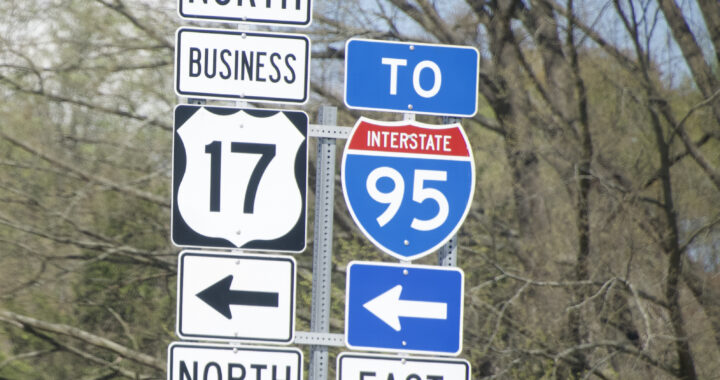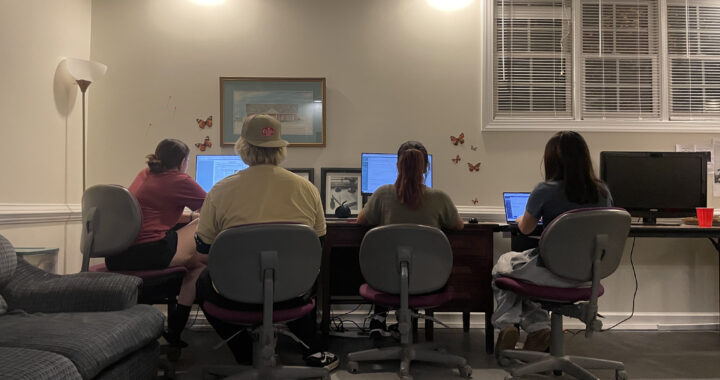Master Plan Will Unravel the Tight-Knit UMW Community
2 min readBy MOLLY SULLIVAN
I remember spending my first few days at Mary Washington feeling refreshed and relieved by its atmosphere: small and tight-knit, it was the kind of place which welcomes new students rather than overwhelming them.
Having transferred from a large school of over 20,000 students, I was shocked that a university could run smoothly with only one student bookstore and one dining hall. The Mary Washington community feels like a small town rather than an educational machine.
This fact alone was one of the main reasons I felt I ought to spend the remaining three years of my undergraduate education in Fredericksburg.
However, in my first year, I started to feel as though all of this was going to change, and sooner than I would have liked it to.
With rumors circulating that the school would eventually increase its student body to 10,000, I was deeply disappointed in the community which I would know as home. The announcement of the Master Plan, with its blueprints for a “superdorm” to accommodate the influx of future students, led to further upset among what seemed to be the majority of the student body, myself included.
I found myself wondering why expansion was such a top priority. Bigger is not always better. Small schools exist in the first place to fit the needs of those who prefer not to attend dauntingly large universities.
In my opinion, the most valuable aspect of this school is the amount of individual student attention from professors, which cannot exist if the student to faculty ratio changes. A modern, manicured campus with state-of-the-art facilities is a luxury by any standards, and Mary Washington is in desperate need of some renovations (for instance, Simpson Library and Chandler Hall could use some serious updates).
However, the money being invested in expanding does not feel like money invested in improving our school. The news of expansion and drastic changes coming our way, in my opinion, is undeniably a UMW problem. While no one can be certain of what Mary Washington’s future looks like, we can only hope that our current UMW problem can transform into a UMW solution by maintaining a small community of students who receive unprecedented faculty attention and exceptional education.











